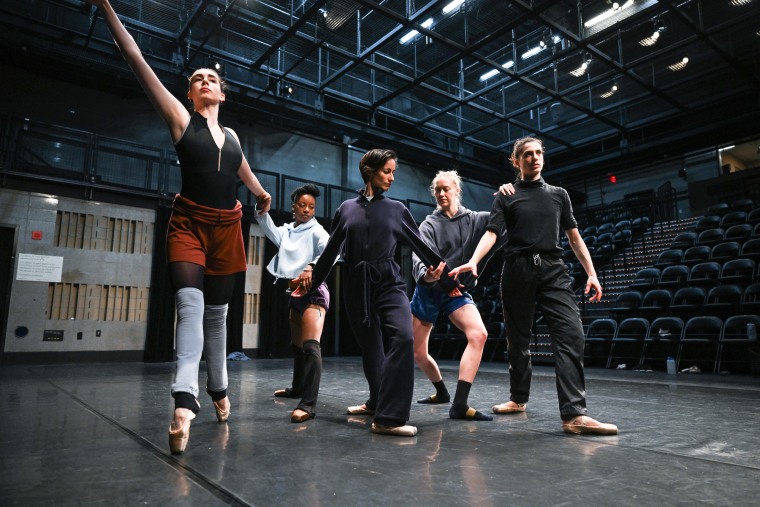There’s a scarcity of out ballerinas
As a young ballet dancer, Adriana Pierce lived with two separate selves: the dancer at rehearsal and then, outside the studio, the queer woman exploring her identity. She did not think it possible for both selves to meet.
“I regret how I felt in ballet spaces during that time, because I had to leave so much of the best parts of me outside. I don’t think ballet got the best parts of me, and that’s a shame,” said Pierce, the founder and artistic director of Queer the Ballet, an organization promoting LGBTQ representation and visibility in professional ballet.
As Pierce spoke, a troupe of queer dancers rehearsed in the next studio, preparing for a performance of “Dream of a Common Language,” a new ballet directed by Pierce and inspired by the 1970s poetry of lesbian writer Adrienne Rich. Both the ballet, which opens Friday, and Rich’s collection grapple with a search for community.
The performance is part of Pierce’s ongoing mission to create opportunities for queer women, transgender people and nonbinary professional dancers to meet and perform together, something made more difficult, she said, by the traditional nature of the ballet world, with its strict gender roles and narrow definition of femininity.
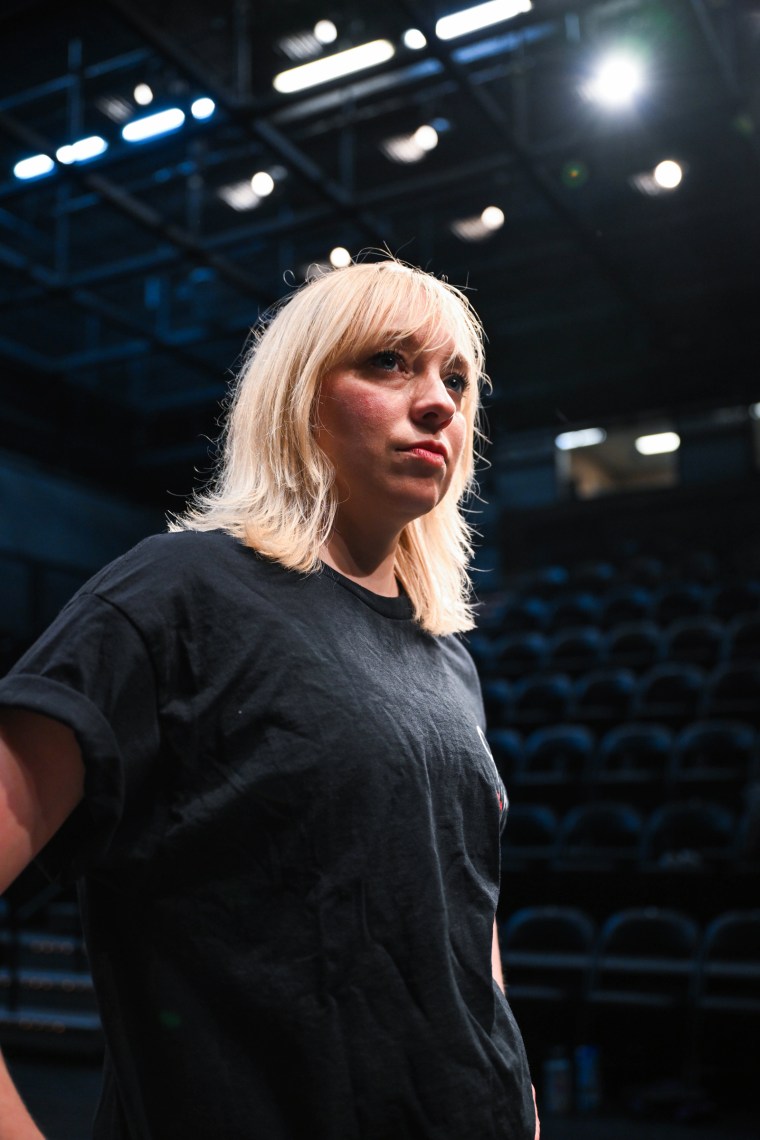
“Ballet likes to put people in boxes, and gender is a very specific box that ballet likes to define. And it’s women and it’s men, and the women look a certain way, dance a certain way, behave a certain way,” Pierce said.
There is little data on LGBTQ dancers in ballet. The Dance Data Project, an organization promoting gender equity in the dance industry, found that less than 1% of artistic directors globally are gender-expansive. It’s much the same for choreographers, and there are no current reliable numbers on dancers.
Recommended

OUT POP CULTUREOrville Peck makes queer country for everyone. On ‘Stampede,’ stars like Willie Nelson join the fun

OUT NEWSPride flags outside of Massachusetts church vandalized, minister says
“In ballet, I wish there was more space for gender expansiveness, because I feel like I have to separate the two parts of myself,” said Ayla O’Day, a nonbinary lesbian soloist from Carolina Ballet and a dancer in Queer the Ballet’s coming show. “I have to be a dancer, which is a very specific version of myself, and I have to be a queer person, which is a very specific version of myself.”
Sponsored Stories
MYSTERY INVENTIONSShop Now61 Shockingly Bizarre Gifts Nobody Would Think Of
FREQUENT SEARCHESNew Electric Cars Come With Tiny Price Tags (Take A Look)
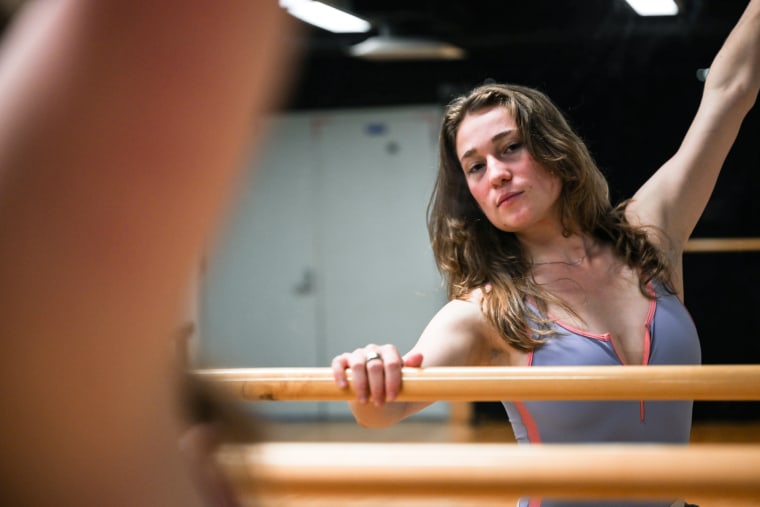
At Queer the Ballet, O’Day said, “they see you as a queer person first and then a dancer second.”
Pierce offers LGBTQ artists of all identities opportunities to choreograph. At the coming New York performance, a section will be choreographed by Lenai Alexis Wilkerson, a choreographer who was most recently a corps de ballet dancer with Cincinnati Ballet.
“Being someone that has not always been embraced in balletic environments, this has been an amazing opportunity to really showcase who I am — who I am as a dancer, who I am as a Black woman, who I am as a queer person,” she said.
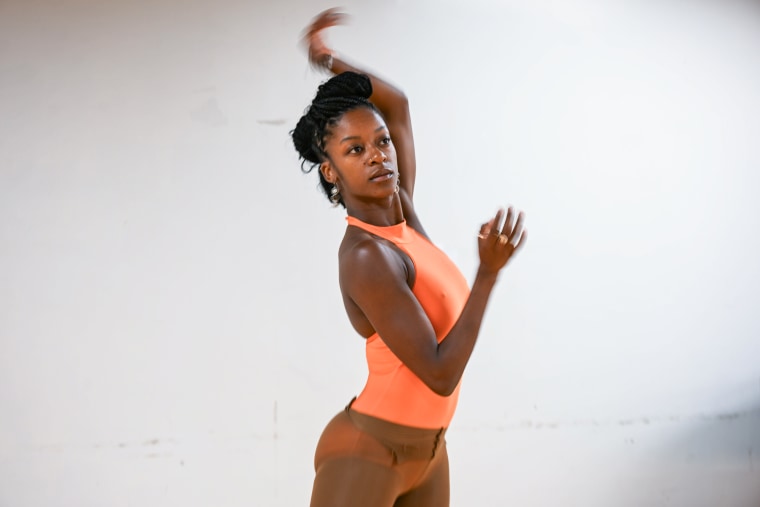
While both Wilkerson and Pierce use classical dance positions in their work, they challenge and play with gender norms, particularly when it comes to partnering, in which traditionally there is a male and a female dancer, with the male dancer in a flat shoe while the female dancer is in a pointe shoe as she is manipulated and lifted.
Wilkerson’s section is an exploration of first love that she describes as a “very Hollywood” combination of “Singin’ in the Rain” and “West Side Story” centered on “someone who’s just discovering that they’re queer.”
Wilkerson is directing two dancers in her section: Mia Domini, a soloist from Carolina Ballet, and Annia Hidalgo, a principal dancer at Milwaukee Ballet.
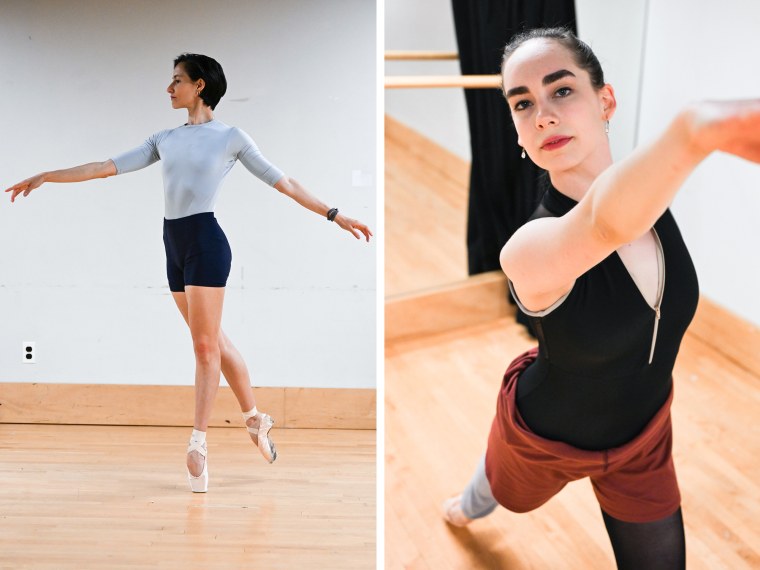
Domini heard about Queer the Ballet late last year. “At the time, I wasn’t out to many people, only a few, and I really wanted to be a part of it because it was going to be a steppingstone in my coming out process, and it created a safe pathway for me to really, like, accept my queerness and be open about it,” she said.
Hidalgo said she feels free in this show and will be removing her pointe shoes and doing some of the steps typically reserved for male dancers. “This is who I am. I can be everything,” she said. “But I have never been able to show this other side.”
Pointe work as a skill — as opposed to a gender marker — opens up more possibilities in the choreography, along with giving dancers more of an opportunity to grow, Pierce said.
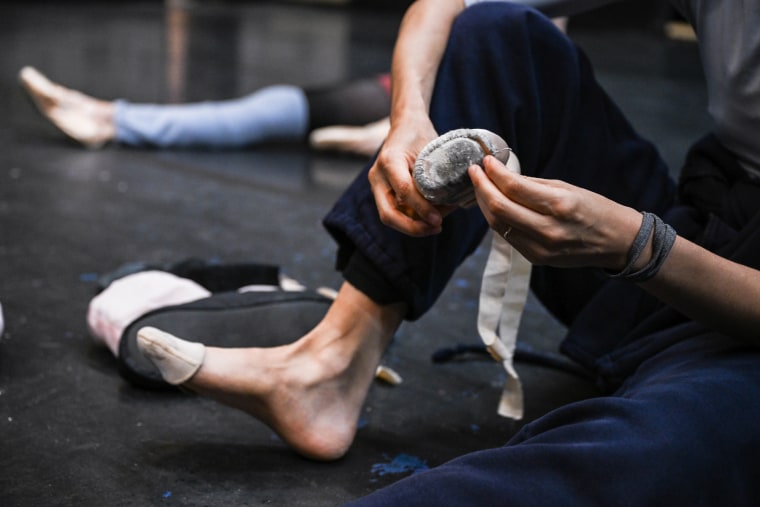
“Most people who wear pointe shoes in a ballet studio are not socialized to be strong. They’re taught to be light and to be held and to allow themselves to be taken into the movement,” she said. “It takes a bit of unlearning to be like, ‘No, you can also be strong, and that’s OK.’”
Challenging expectations in ballet has been hard-won for queer dancers, who have reported feeling isolated and unsure before they came out, fearing their identities would put roles or promotions at risk. In response, LGBTQ dancers have been building their own communities outside traditional ballet over the last several years, mostly online and through their own organizations. In addition to Queer the Ballet, which was founded in 2020, there is Ballez, an organization for “all the queers that ballet has left out,” which genderqueer lesbian choreographer Katy Pyle founded in 2011.
Queer the Ballet had its own origin in a Zoom call over the pandemic. On the call were a number of performers, including Lauren Flower, a dancer with the Oregon Ballet Theatre and the founder of the Instagram account @queerwomendancers, which began as a blog in 2020. Flower is also part of the Adrienne Rich-inspired New York performance.
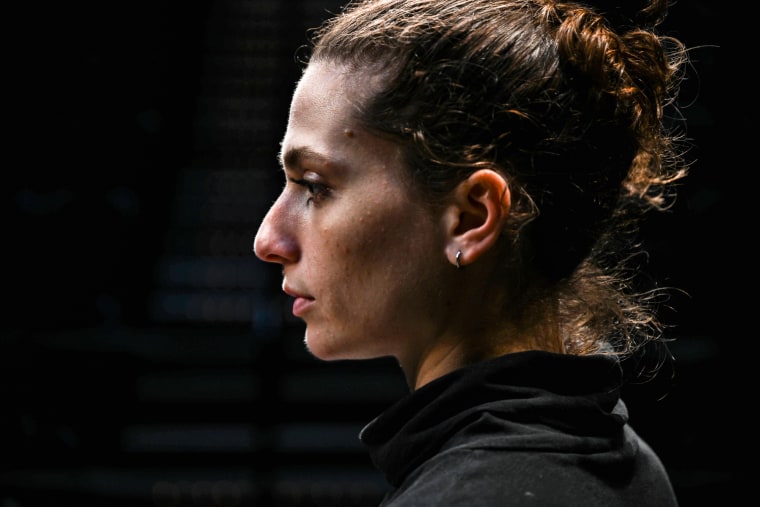
Flower said she began blogging out of a feeling of loneliness. “I noticed that a lot of the queer men had such a community,” she said. “I just felt like, ‘Oh gosh, I wish I could also have that. I wish I could just go to my group of queer women.’” Once Flower began posting, private messages from dancers around the world came flooding in, many of them with similar stories of isolation and some sharing that they had never met another lesbian in the ballet world.
Back at the studio in New York, Pierce is directing the dancers through the opening scene “Dream of a Common Language,” an interpretation of Rich’s poem “Phantasia for Elvira Shatayev,” a wrenching work describing the courage, love and friendship of an all-women’s climbing team who perished together in a storm in 1974. There is a line in the poem that stuck out to Pierce when she read it: “the women I love lightly flung against the mountain.”

“That, to me, is this piece. The idea of these women doing a sport, with the highest stakes,” she said. “But then in the end, the thing that you love the most and the thing that makes you feel most like yourself is that thing that hurts you the most. … In ballet, as a queer person, sometimes it feels that way.”
In the opening scene, the dancers begin as one solid group and then lift one another. Pierce said it felt like the perfect way to begin: with the dancers holding one another up, physically relying on one another “and emotionally embarking on this journey where they are — climbing higher and further than they ever have before.”
